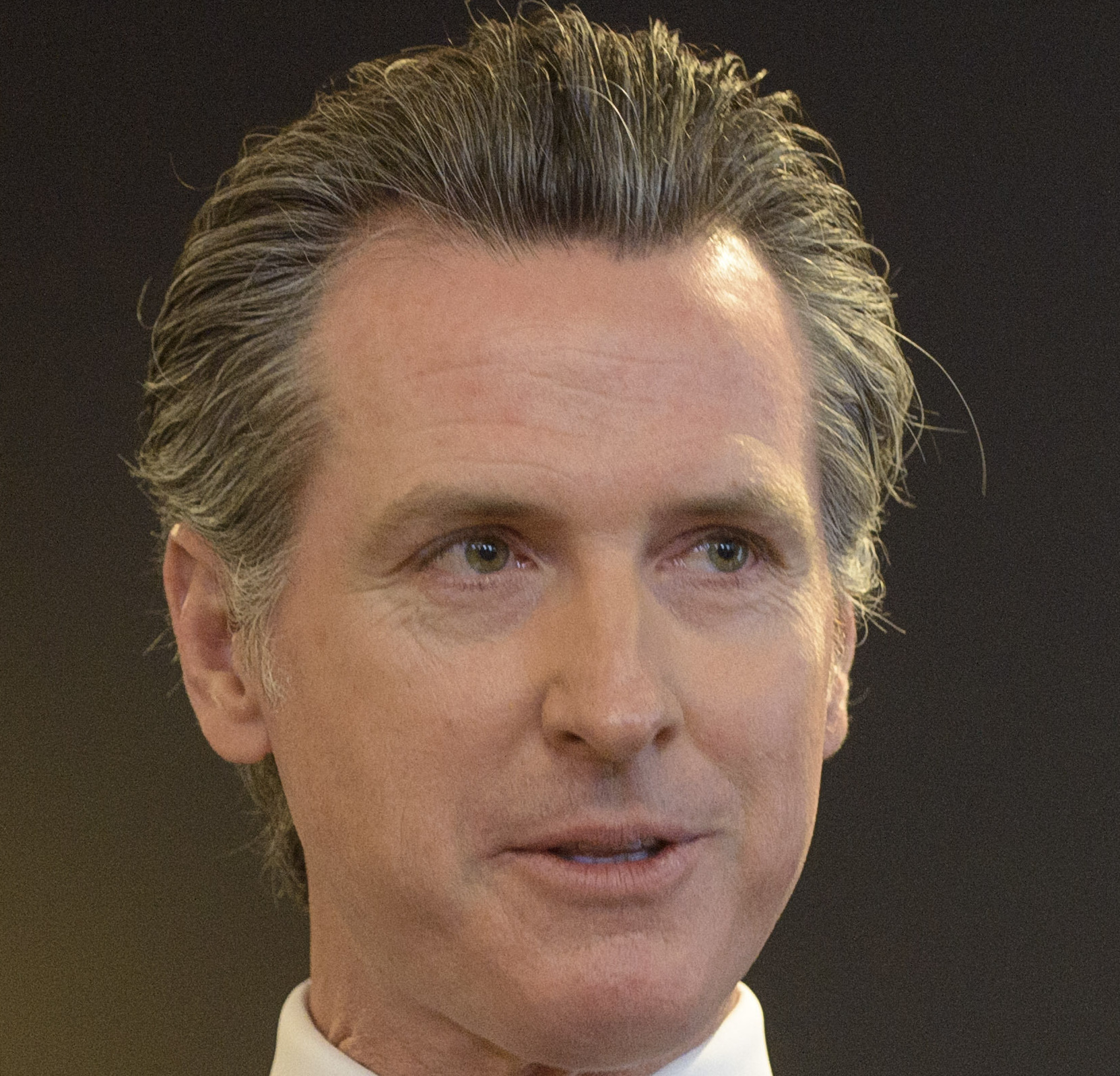Create universal healthcare
Gavin Newsom
"As Governor, he will ensure California residents have universal access to healthcare, regardless of their ability to pay, pre-existing conditions, or immigration status."
Newsom-Meter

In the Works

